
NIMAR exhibition: Morocco through Dutch eyes
Leiden historian Herman Obdeijn has created an exhibition for NIMAR about the centuries-old bond between the two countries. The exhibition opens on 1 March at the Université Mohammed V in Rabat. ‘The Moroccans changed from distant allies to close neighbours.’
How do Dutch people see Morocco?
‘Many Dutch people associate Morocco mainly with dates and women in veils, but Morocco is so much more than that and there are so many Dutch and Moroccan people who know little or nothing about the history of the relationship between their countries. You can divide that history roughly into three periods: 1600-1800, 1800-1960 and 1960 to the present day.’
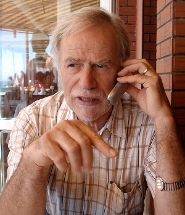
How did the relationship start?
‘In 1605 the Republic of the Seven United Netherlands sent an ambassador to Morocco to negotiate an alliance. The Republic was the first country in Europe to conclude a treaty with Morocco and that was in 1610. It was a strategic alliance because the two countries shared a common enemy – Spain – and they needed one another’s support. Dutch ships en route to the Far East were also under attack from looting Moroccan privateers, and the Republic wanted to put an end to this. Morocco in its turn needed the Republic for the supply of weapons. At that time there was a papal decree that Christian countries were forbidden from supplying weapons to Muslims and the Sultan wanted to buy mobile cannons from Prince Maurits.
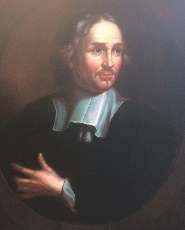
‘This was the time when the first scientific contacts were made. Jacob Golius, Professor of Maths and Arabic in Leiden, travelled to Morocco in 1622 with a Dutch mission. He advised the sultan on the construction of the harboúr and defence works at the coastal town of Oualidiya. The Dutch made a map for the sultan. During this visit, Golius also came into contact with Moroccan scholars. The exhibition includes the portrait of Golius, a reproduction of the portrait from the Senate Chamber of Leiden’s Academy Building. The professor collected and copied manuscripts in Morocco and brought them back to Leiden. Unfortunately, in the course of time, most of them ended up in Oxford.’
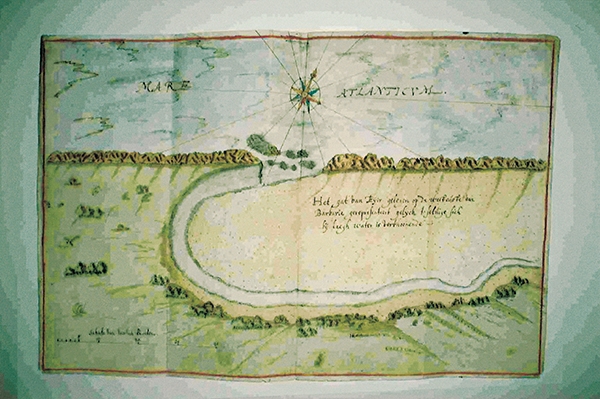
What changed in the second period: 1800-1960?
‘The Netherlands was much more focused on its own colony, the Dutch East Indies, than on a country like Morocco. For the Dutch, ten trading vessels a year going to Morocco was small beer, but for the largely autarchic Morocco it was a significant number. Interest in the country as a tourist destination gradually increased, particularly after the British tour operator Thomas Cook in the 19th century raised the interest in Arab countries. Artists like Kees van Dongen (1877-1968) and Anton Pieck (1895-1987) became fascinated by Morocco and painted the country’s landscape and inhabitants. Journalists and writers, such as A. den Doolaard, explored the country and wrote accounts of their travels. In the 1950s, sociologists and anthropologists became more interested in Morocco, but countries such as Egypt and Syria still attracted more attention.’
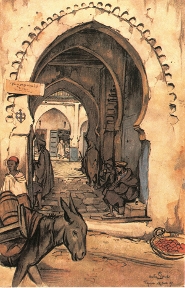
Did this change with the arrival of the first Moroccan guest workers in the Netherlands, from 1960?
‘Indeed, this period saw a flood of Dutch books about Moroccans, in the first instance particularly by anthropologists and sociologists, later also by historians and Islam researchers. The Moroccans changed from one-time distant allies to close neighbours. Initially their stay was intended to be temporary, but since then the Moroccan community has grown to almost 390,000. There is a lot of discussion in the Netherlands about and among Moroccans. Many are well integrated and feel at home in Dutch society. However, as part of the growing resistance against immigrants, particularly those from Islamic countries, some people are questioning whether they are still welcome. But that’s not the subject of this small exhibition. A future exhibition on which I am advising will be devoted completely to more than half a century of Moroccans in the Netherlands. That exhibition, which is first touring the Netherlands, will probably be in NIMAR in 2018.'
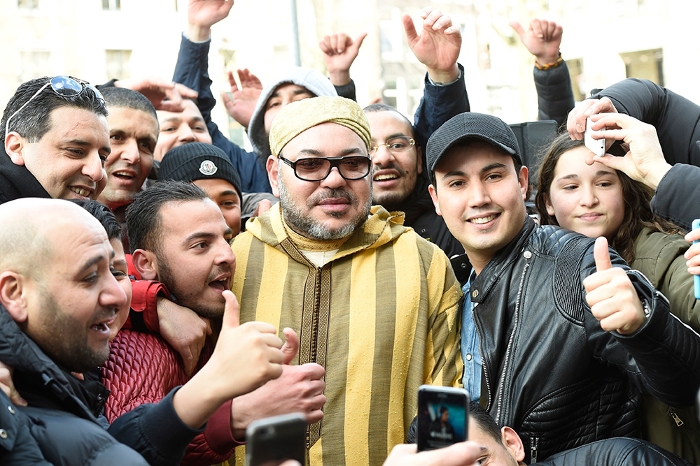
Together with your former history student Abdelkader Benali, in 2005 you published the book ‘Marokko door Nederlandse ogen’. The French translation will be published on 1 March. How do Moroccans see this divided history?
‘Moroccans in the Netherlands often don't know very much about their own history. The Dutch book was most widely read among the second generation and with the French version we want to reach a broader public. Before 1800 Morocco had no government archive and historical documents such as correspondence, treaties, maps and old prints were not preserved, or at least only very few remain. The Dutch, on the other hand, have kept almost everything since the start of the relationship. The oldest known image of Marrakesh is in the 17th-century atlas by Blaeu, the Amsterdam map-maker. I hear from Moroccans that they appreciate that a part of their history has been preserved.'
What is the significance of a Dutch institute in Morocco for students and researchers such as yourself?
‘For the Netherlands, Morocco is the nearest part of the Arab world; it's only 14 kilometres from Gibraltar. It's one of the few Arab countries where you can operate reasonably freely and it's an important look-out post to see what's going on in the Arab world. There are a lot of good things about Morocco. The dominant religion is a moderate form of Islam, and the country is modernising fast: the economy is becoming more sustainable as a result of solar energy, and culturally, too, the country is becoming more active, in the fashion world, for example. There's also a big Moroccan community in the Netherlands, so it's important for us to know the country well.'
(LvP)
Dr Herman Obdeijn, (1938) is a historian and was Professor of Migration History and the History of North Africa at Leiden University. Before that he was Education Attaché at the Dutch Embassy in Rabat.
